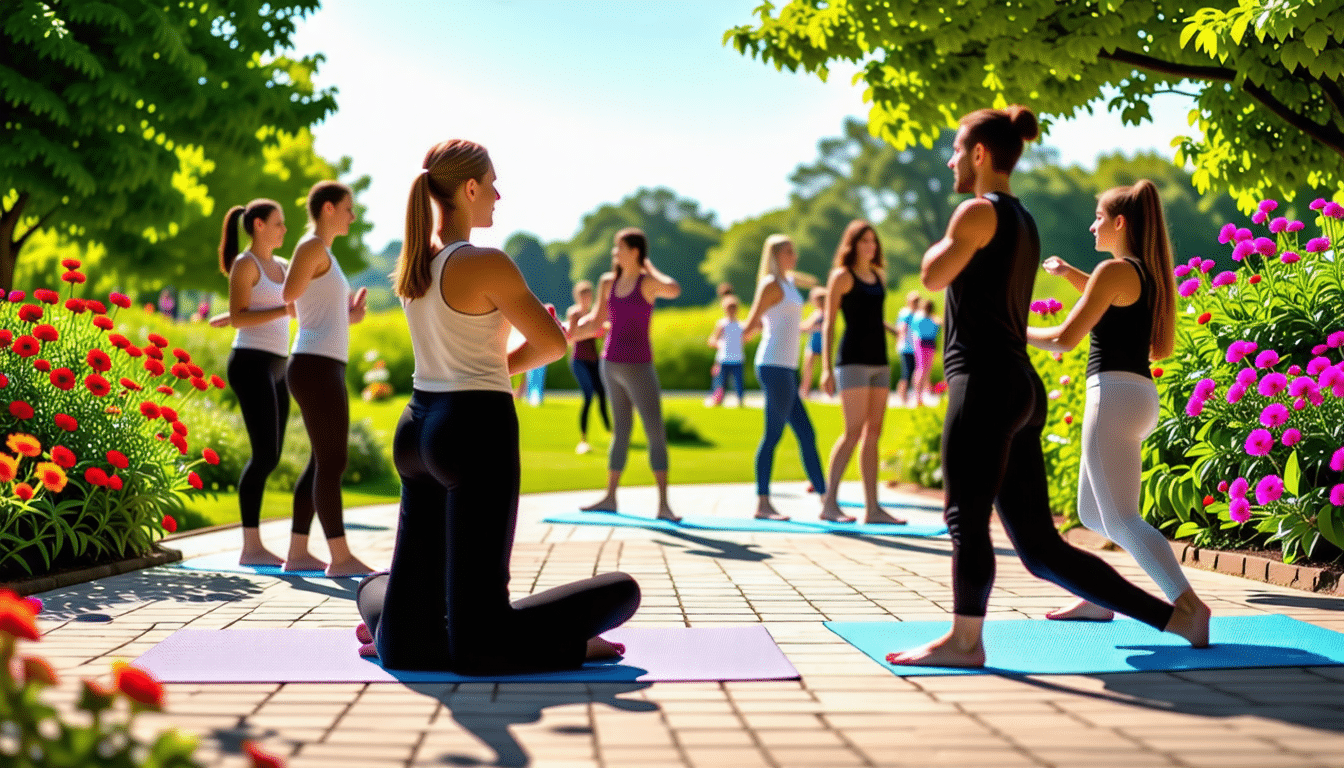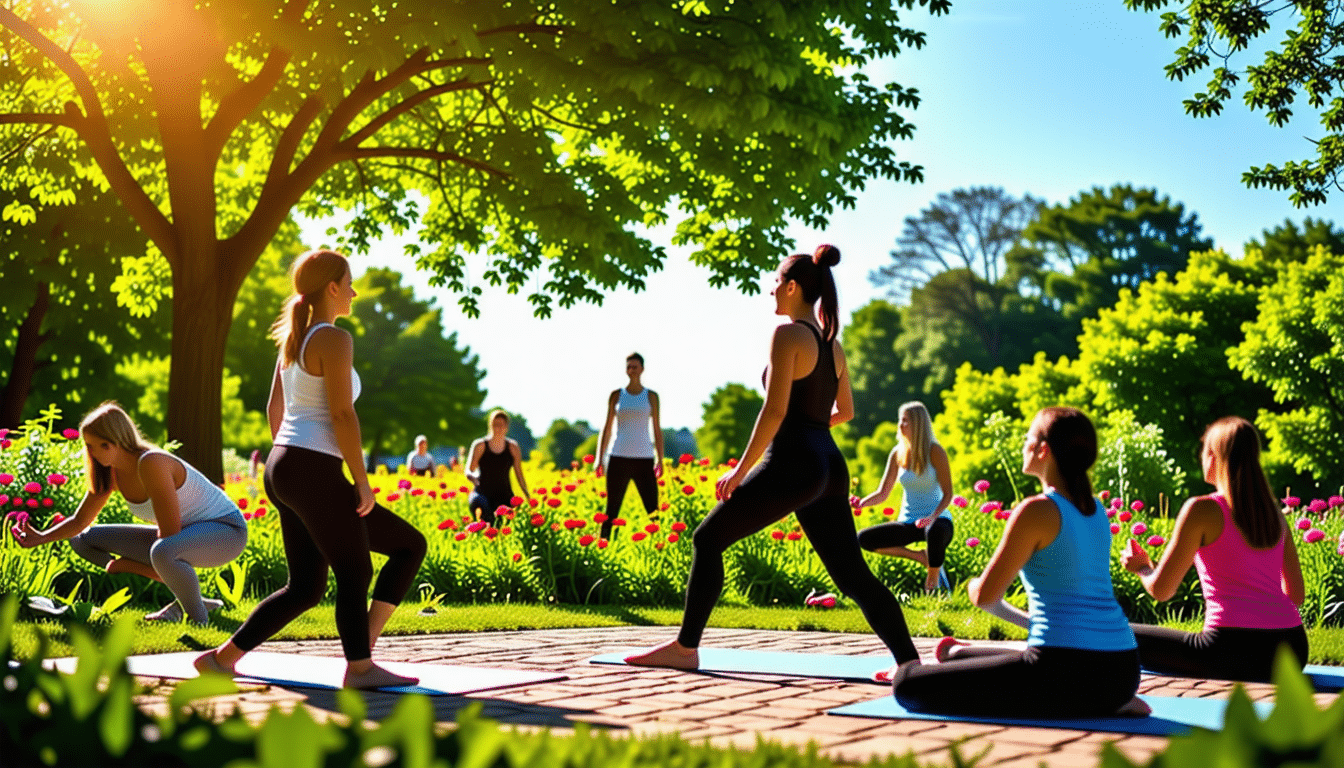Imagine a daily life filled with graceful movements, ascending stairs with ease, and the simple joy of reaching for objects without discomfort. This isn’t just a vision; it’s a reality for those who embrace joint flexibility as a cornerstone of health. Stretching, often overlooked, can be a transformative practice, enhancing the range of motion and strengthening muscles. By maintaining this delicate balance, we unlock the potential not just to live longer, but to thrive, turning each day into a celebration of movement.
Maintaining Joint Flexibility for a Longer, Healthier Life: A Glossary of Essential Concepts
Flexibility, the ease with which joints and muscles move through their full range of motion, is crucial for a healthy and vibrant life. It not only enhances physical activities by improving joint health but also helps prevent injuries. Regular stretching activities contribute significantly to maintaining and even increasing one’s flexibility over time. By incorporating stretches into your routine, you may boost your longevity and overall joint health.
Stretching plays an integral role in keeping muscles strong and healthy. It enables a wider range of motion for joints and helps decrease the risk of injury during physical activities. Stretching is beneficial as it gradually increases flexibility, ensuring muscles work efficiently, reducing muscle tightness, and enhancing overall mobility.
Warm-up routines are vital before undertaking any stretching or exercise. Performing a light, warm-up activity, like a brisk walk for 10 minutes, ensures that your muscles aren’t cold, thus preventing injuries. A proper warm-up prepares the body for more strenuous physical activities.
Joint Health is a foundation of physical well-being. As you age, maintaining joint health becomes increasingly important. Daily stretching can improve joint flexibility, keeping joints lubricated and reducing pain.
Moreover, joint health is positively influenced by activities like yoga and pilates, which focus on stability, balance, and stretch. To explore further, you can read about how these practices unlock longevity.
Routine Movements, such as climbing stairs or picking up objects, naturally enhance joint flexibility by keeping them active. Regular movement ensures that the joints remain functional and can adapt to various tasks, lowering the risk of stiffness.
Resistance Training aids in promoting joint mobility by strengthening muscles and tendons surrounding the joints. Exercises like squats and deadlifts are particularly beneficial as they enhance muscle endurance and functional strength, thereby promoting longevity by maintaining an active lifestyle.
Longevity is intricately linked with maintaining physical well-being throughout life’s various stages. Engaging in gentle exercises can significantly boost longevity. Prioritizing flexibility can make everyday activities easier and help stave off injuries, ultimately playing a role in extending one’s life.
Endurance Sports like swimming and biking not only improve cardiovascular health but also maintain joint flexibility. These activities involve continuous movement that keeps joints and muscles active, promoting a healthier, longer life.
Sustainable Exercises are those that can be continued throughout life, adapting to individual stages while always promoting health and well-being. From yoga for relaxation, to pilates for core strength, to tai chi for balance, these exercises contribute to joints’ longevity.
For those interested in a diverse range of longevity routines, you might consider exploring routines fitting every stage.
Active Lifestyle is essential for maintaining joint health over time. Regular activity keeps joints lubricated and prevents deterioration and stiffness. Incorporating activities like jogging, cycling, swimming, or simply walking into your daily routine promotes joint health and enhances physical endurance.
Nutrition plays a supportive role in maintaining healthy joints. Consuming a balanced diet rich in vitamins, minerals, and essential fats ensures joints receive nutrients needed for repair and maintenance.
In some cases, supplements may be required to provide compounds like glucosamine and chondroitin, both known for their joint-enhancing properties.
Flexibility and Longevity Studies have shown a correlation between enhanced flexibility and extended life spans. Being more flexible enables individuals to maintain independence, improve mobility, and therefore may contribute to a longer life.
Rest and Recovery are equally important as exercise in maintaining flexibility and joint health. Allowing time for muscles and joints to recuperate prevents overuse and aids in sustaining an active lifestyle without injury.
Active Rest, a concept where rest is achieved through gentle movement, is beneficial amidst rigorous training schedules. Engaging in activities like stretching or a light walk helps decrease muscle stiffness and keeps joints relaxed. Continuous movement in an active rest period can significantly support joint health.
The Impact of Fasting on cellular health is a topic of growing interest. Recent studies suggest intermittent fasting may influence longevity by rejuvenating cells within the body, including those in the joints.
More insight into this topic can be explored in studies on fasting’s impact on lifespan.






